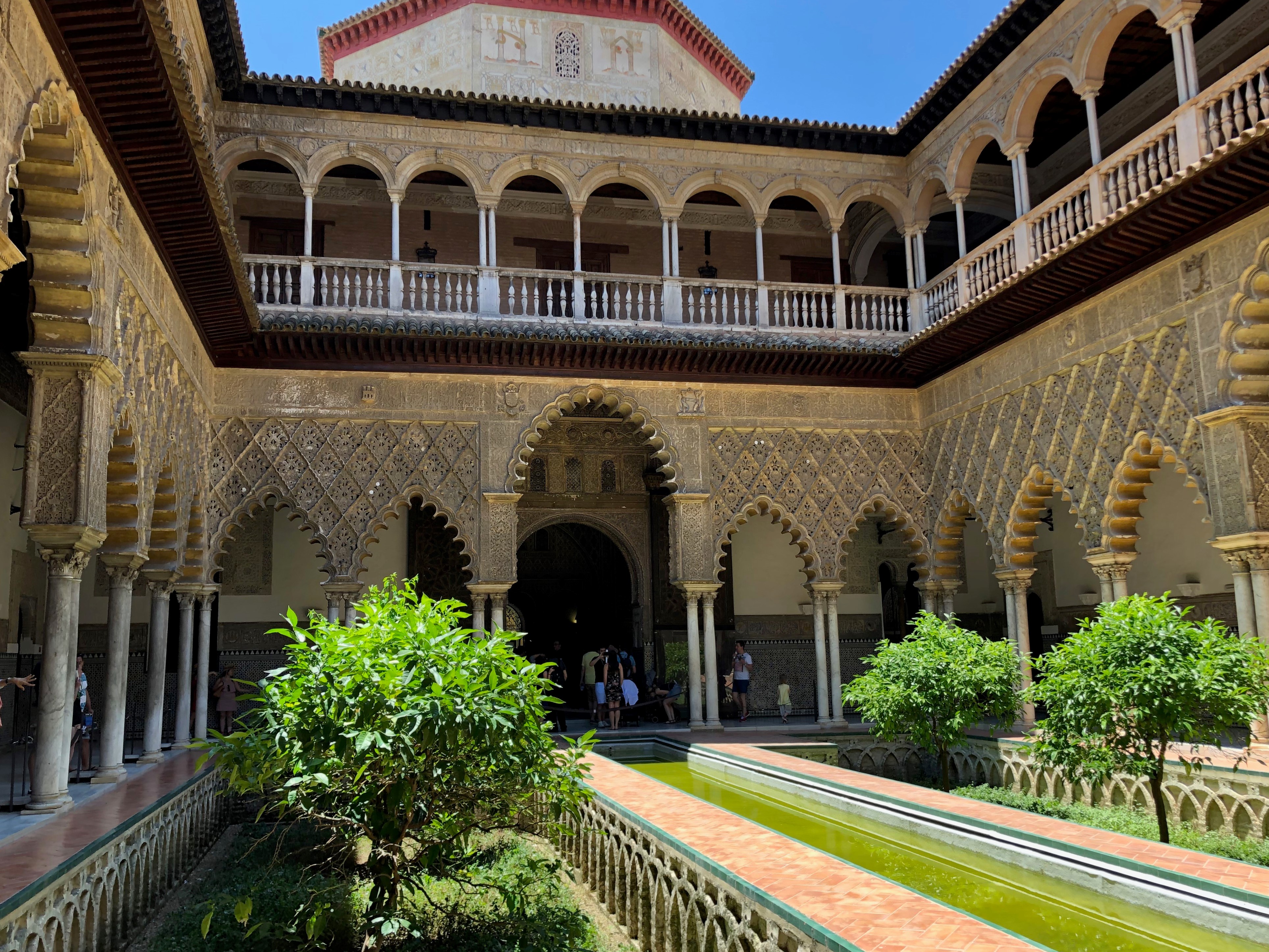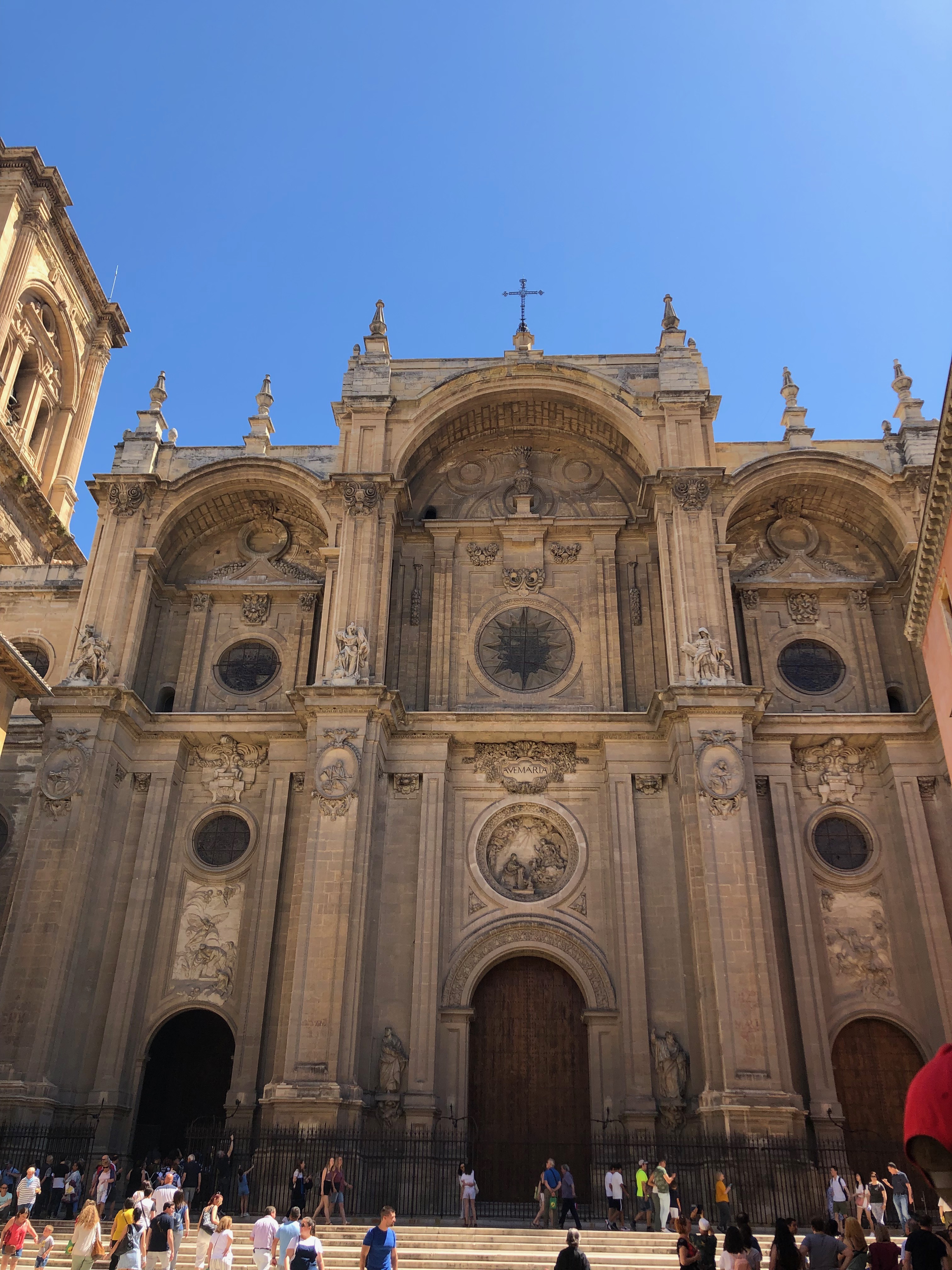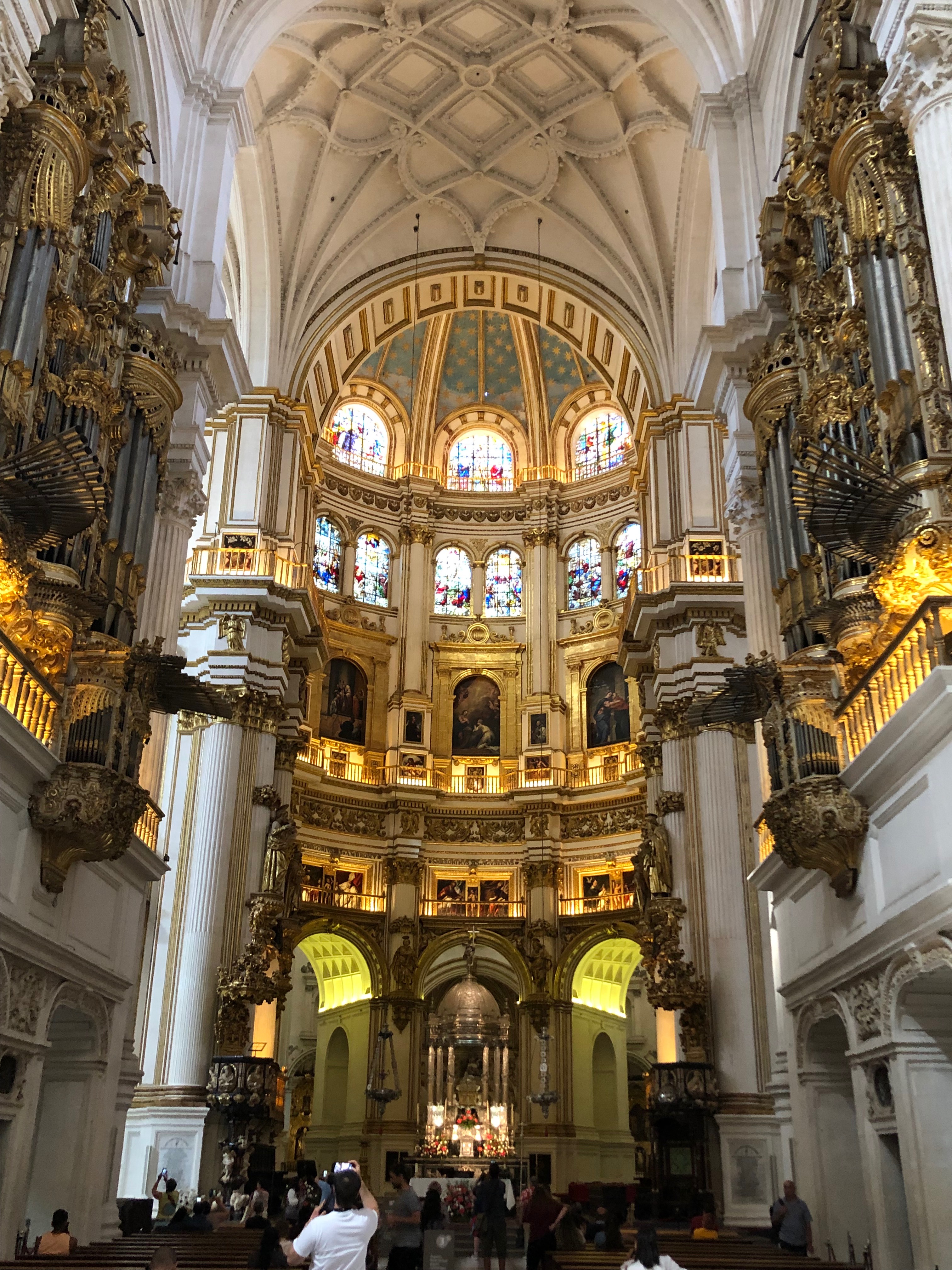Hello again! In my last post, I discussed some of the cultural differences I experienced when I first arrived in Spain (approximately 3 weeks ago). Now that I’m finally situated, I’d like to share some of the excursions I’ve encountered these past few weeks. First, however, let me explain exactly who I am and why I chose Spain as my education destination. My name is Erin Corum and I am a student at the University of Alabama in Huntsville (perhaps this fact is a bit obvious, given the location of this blog). I’m a mechanical engineering major intending to graduate next spring with minors in Spanish and math. For me, learning Spanish is one way in which I can improve my employability and conversational skills in the workplace. This is especially true in places such as the Southwest and cities such as Houston, engineering hubs that have a more concentrated number of people who speak Spanish as a first language. In these places, methods of improving environmental and economic efficiency are on the rise in both private and public sectors, with more and more companies and individuals searching for ways to improve their own heating and insulation systems while simultaneously being conscious of the impact these implementations have on the environment. Environmentally conscious construction has long been a fascination of mine, and here in Spain, it’s basic history.
As I said in my last post, Spanish summers can be scorching hot and the elevated price of utilities encourages many Spaniards to opt out of air conditioning. This is hardly a problem, as almost all buildings in Spain are built with the surrounding environment in mind. Marble flooring cools the living space substantially, and the narrow streets between tall buildings created shaded breezeways that allow for comfortable walking to daily destinations. In the older parts of Spain, traditional homes contain an inner courtyard, complete with a fountain that cools the opening of a private garden area. One such example is the Alhambra, an Arabic relic that happens to have been one of my first excursions abroad this summer

Situated in the mountains overlooking the city of Granada, the Alhambra, or “red castle,” is a testament to the time when southern Spain was ruled as an Arabic nation. The Alhambra was built as a home for the Moorish monarchs of the time, doubling as a fortress to protect the reign of the city. This palace is one of the best examples of environmentally conscious architecture.

Most rooms contain running streams and fountains to transfer cool water throughout, and windows are made with a checkered pattern to enable enough light to enter the inside of the palace without bathing it in heat. Not only were the architects thoughtful of the regional temperature, but they were also very aware of the palace’s image as a home to the rulers of the city.
The throne room is built to be dark with high ceilings, a disorienting sight when entering from a small brightly lit courtyard. The monarch himself sat in front of the setting sun, silhouetting his figure in light and constructing a divine appearance. This amazing attention to detail is one of the reasons I decided on Granada for my study abroad experience. Of course, it doesn’t hurt that the palace has beautiful geometric artwork and lush gardens with excellent views of the city.


Moorish architecture was present throughout many of my other excursions as well, including a mosque-turned-cathedral in the city of Córdoba. Here, the courtyard of the mosque was filled with southern Spain’s infamous bitter orange trees, as well as many fountains and water features. Other features were unrelated to anything strictly educational, but were enjoyable, nonetheless. These include a noticeable distinction between the cathedral side of the building and the one used as a mosque, where the opulence of golden Renaissance features clashed with the modest but intricate Arabic carvings and tiling.



In the neighboring province of Sevilla was the Real Alcázar, a huge palace situated directly in front of the third largest cathedral in the world. Although it acts as a temporary home for the current Spanish monarchs, it was built upon an Arabic fortress; thus, it sports many Moorish features, such as reflecting pools and intricate carvings. The cathedral itself was grand, to say the least. In true Catholic style, gold adorned everything and the stained-glass artwork was incredible. This church also contains the remains of Christopher Columbus.

To go off the topic of architecture for a minute, it was surreal to see proof that a historical figure set foot in the same place where you currently stand, especially someone you’ve learned about your whole life. I had a similar experience back in Granada, in a cathedral that, in my opinion, was much more beautiful on the inside than any of the others I had seen up to that point. Here lay the remains of the royal monarchs Isabella and Ferdinand II. I never really understood how important these figures were to the entire world until I saw their resting places, having been the shapers of both Spain as it’s unified today and of the entire world as the benefactors of Columbus’s voyage. In all aspects, it was humbling to see such a huge part of history laid out before me.


Back to my main topic, the exploration of environmentally conscious construction continued in one of Granada’s oldest districts, the Albaicín. The Alhambra is technically a part of this district, evident by the ruins strewn about the river that runs alongside the village. Throughout this section of the city, the traditional type of homestead called the carmen was prevalent, with many houses sporting high simple walls with open gardens within the household. To ensure the city was protected under siege, intricate water lines were implemented throughout the hillside, accessible by the numerous water wells on every other street corner. The buildings themselves were painted a simple white to reflect the sun, and a quaint but beautiful mosque sits at the top of the hill. This district provided a more casual exploration of Moorish architecture, as well as provided incredible views of the Sierra Nevada mountains in the distance.

I could go on and on about these experiences and how much of an impact they’ve had on me, but I think the photographs might convey a sense of my gratitude. Spain has an intricate and fascinating history of simultaneously efficient and beautiful construction methods. These methods, which had every possible detail accounted for, are incomparable to anything else in the world, in my opinion. This craftmanship and historical value is the main reason why I chose to study in Andalusia rather than any other Spanish-speaking province. I truly believe that my time here will improve both my Spanish conversational abilities as well as my capability as an engineer who thinks outside of the box when it comes to new ways to respect our planet within the construction industry.
As for my recent excursion to Morocco, that’s an entirely different world which deserves its own post in the near future.



